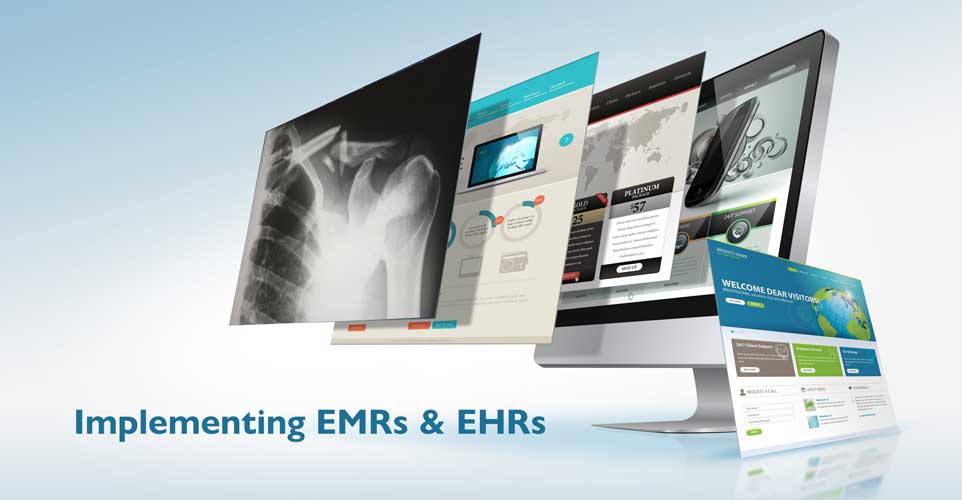
Tax Breaks Your Business Needs to Take Advantage of Before the July 15th Deadline
- July 8, 2020
- 12:02 pm
- Section 179, Taxes
- Rental Income: Do you have investments in properties that you rent? Many landlords don’t realize that in the fall of 2019 the IRS decided that rental properties qualify for the 20% deduction the IRS allows as qualified business income. Rental properties can now be treated like businesses for the Section 199A tax deduction!
- First-Year Depreciation on Property: Did you purchase property you are using for business purposes? A new office? A brick and mortar location? These investments can be claimed for a depreciation bonus in the first year of owning the property equal to 100% of the property price. A recent update to the Tax Cuts and Jobs Act, TCJA, has extended this tax credit through 2027 for any properties purchased. This tax cut can also be used on equipment, software, machinery, and more that you use for business. You can learn more about this specific deduction further down.
-
Research and Development Tax Credits: Did you know that the Wall Street Journal reported that 95% of ELIGIBLE small to mid-sized businesses do not take advantage of the R&D credits they are entitled to? R&D credits are available to many more companies than you might think. Any company that designs, develops or improves products, processes, techniques, formulas, inventions or software may be eligible. In fact, if a company has invested time, money and resources toward the advancement and improvement of its products or processes, it may qualify. Identifying and claiming R&D credits is a process that not every CPA does, but there are companies that don’t compete with tax-preparers and specialize in making it simple and risk-free for small to mid-sized businesses to reclaim past credits and take advantage of future credits that are due. There are billions of dollars available – You just have to have a company that knows how to document the credits…and then apply.
- Green Vehicles: Did you invest in a green vehicle, or maybe even an entire fleet for your business? There are tax credits available up to $7,500 for new electric vehicles that your business purchases, although there are qualifications based on size and battery capacity.
- Employee Healthcare: If your business has less than 25 employees working full time and you are providing health insurance for them, you may qualify for a small business tax break for healthcare up to 50% of your cost of coverage. To be eligible, business owners need to be paying half of the monthly premium under the Small Business Health Options Program. There are employee qualifications as well, such as making less than $50,000 per year per employee on average, and each employee must be working 120 days of the year, at least. The smaller your business, the bigger your tax credit, so make sure your accountant looks into the healthcare credit even if you only have a handful of employees. If your employees have HSAs already, the amount eligible for them to put into their Health Savings Accounts has been increased to $7,000 for families and $3,500 for individuals. These tax-exempt savings also lower your FICA contributions.
- Pension Plans and 401k: Your employees have an excellent benefit for 2019 & 2020—The IRS raised the limit for employee contributions to retirement plans by $500. If you are over 50, the limit was increased to $6,500! This increase means your company’s FICA contributions should be lowered. There is also a Credit for Small Employer Pension Plan Startup Costs, so if you have never offered a pension plan to your employees, and you have less than 100 employees, now is the time! Up to $500 per year for the next three years can be credited back to you for your pension start-up costs.
- Start-Up Costs: The Federal Government offers new businesses a tax credit up to $5,000 for start-up costs. The qualified expenses for start-up costs can include advertising, traveling, purchases of equipment, time to investigate the market and write your business plan, and more!
- Self-Improvement: Yes, you can get a small business tax credit all for bettering yourself. The costs associated with continuing education to maintain a license or certificate, professional development, and more are all business expenses that can be deducted.
- Travel and Lodging: Another business expense that some business owners don’t realize they can deduct is the cost of their travel and lodging. Mileage deductions, car loan payments, the cost of conference tickets, meals, and cab rides can all be deducted when you are traveling on business. Even your car rental, airline tickets, hotel stays, and even entertainment can be claimed. Make sure to keep your receipts and a travel log detailing what business you were in town for and who you met.
- Home Office: Do you run your business from home or have a home-office specifically used for business? The IRS allows sole proprietors to deduce some of the cost of their home office. The simple deduction allows for a maximum deduction of $1,500 for offices that are smaller than 300 square feet, or $5 per square foot, whichever is less.
- Employed People Working from Home. One downside of the Tax Cuts and Job Acts was that it eliminated the federal tax deductions for employed people working from home who have home offices.
- There are seven state—Alabama, Arkansas, California, Hawaii, Minnesota, New York, and Pennsylvania, however, that chose to still allow this deduction for their state income taxes. Tax payers in these states who are not self-employed but still work from home are eligible to claim non employer reimbursed expenses such as computers, desks, and chairs for their home offices.
IRS Section 179 Tax Benefits
The one tax break listed above that we see accountants, bookkeepers, business owners, and even tax professionals sometimes miss out on is the tax credit for depreciation of new property. IRS Section 179 allows businesses to deduct up to one million dollars of the purchase price of new property such as equipment, machinery, and software for their business as long as they don’t purchase more than $2.5 million in total. Anything over $2,500,000 can be taken as “Bonus Depreciation.” This deduction applies to purchases that are financed as well. Even if you don’t pay for your equipment, software, or machinery up front, you can still deduct the entire agreed-upon purchase price the first year. The savings go beyond a simple tax credit, however. The amount you save in your small business tax break under Section 179 could equal more than you pay on the property in that first year. Many small and medium-sized business owners find themselves coming out ahead when they take advantage of this specific tax credit.Tax Tips for Small and Medium Businesses
Whether you have owned your business for decades, or just started up this year, there are a few tax tips that you should review in addition to the deductions listed above. The most important piece of advice is to hire a tax professional to handle your business taxes. These professionals are up-to-date on the latest tax laws, deductions, and credits that could apply to your small business and should make sure you that take advantage of everything the federal government offers. However, since you are the one ultimately responsible for your taxes, you should ensure:- It would be best if you kept your taxes in mind all year round by keeping receipts, travel logs, and getting financial statements from your CPA or bookkeepers.
- Don’t make assumptions about what tax breaks you may or may not qualify for. Hiring a tax professional is the best way to ensure you get the best outcome for your tax situation.
- Expect to pay taxes. Before you owned a business, you might have been looking forward to your refund check every year. Businesses should always expect to owe and need to pay into taxes. One thing you can do to be prepared is to set aside at least 10% of your monthly profits into a savings account that you can use to pay your taxes when they come due.
- Depreciation is based on the purchase price, not the amount paid. Even if you have only paid $1,000 towards your loan on software purchased last year, the deduction in appreciation you qualify for is based on the whole amount you have financed.
Recent Posts
- Bonus Depreciation is About to Phase Down to 80% in 2023 December 29, 2022
- Tax Benefits of Buying Equipment & Software Before December 31, 2022 December 8, 2022
- How the Inflation Reduction Act Impacts your Business and You and your Family August 16, 2022
- Recession? What Recession? July 27, 2022
- Dimension Funding Has Paperless Financing April 26, 2022













